BY IVAN QUARONI (2011)Le Voyage imaginaire
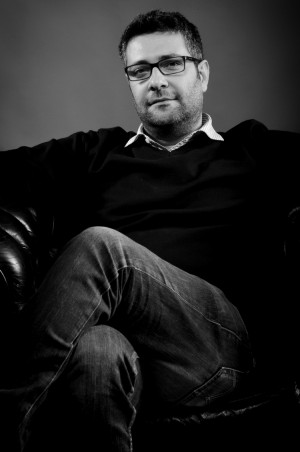
“Annalù is one of those artists for whom the supremacy of matter, chemistry, physical substances, is an integral part of a broader exploration process that most certainly includes art but also other intangible dimensions of the spirit.”
“On the vaporization and
the concentration of the self:
everything is there.”
(Charles Baudelaire)
To define the relationship between art and nature is a secular task, based on mainly imitative models. But art can observe nature in many ways. The easiest and most immediate is through morphologic transcriptions and optical verisimilitude, like a painting that faithfully copies a landscape or various details of life.
Another way, more perspectival, is that in which imitation pertains to manner, more than form, or rather to rules and structures which control its ordering. Alchemy, as a discipline, belongs to this kind of imitatio. Alessandro Riva mentioned it in one of his readings on Annalù’s, indicating the Opus magnum as a course of knowledge of the ego and therefore of the world at large. Annalù’s artistic research follows precisely an epistemological procedure which derives from the fundaments of matter – or from these vital elements which Empedocles used to define rizòmata (“roots”) of all things – in order to understand at least the spectacular greatness of natural phenomena. Annalù is one of those artists for whom the supremacy of matter, chemistry, physical substances, is an integral part of a broader exploration process that most certainly includes art but also other intangible dimensions of the spirit.
Therefore Annaluigia Boeretto, this is her complete name, is not a mimetic and tracing artist, but rather a disciple of metamorphosis: her intention is to penetrate the mysteries of creation. Thomas Aquinas, in his essay on Alchemy designated this discipline “De modo amalgamandi”, or a procedure consisting in mixing and founding every virtue of matter, in order to understand nature’s generative processes, in which, according to Scholasticism, the principles of divine creation were thought to be mirrored.
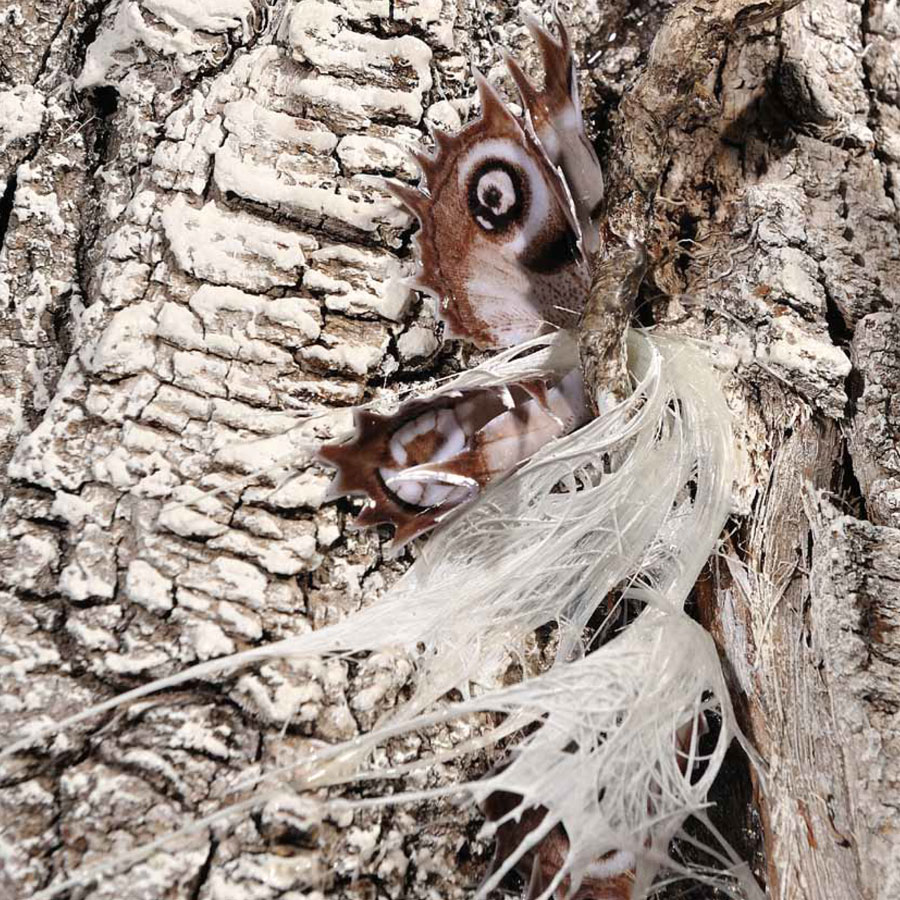
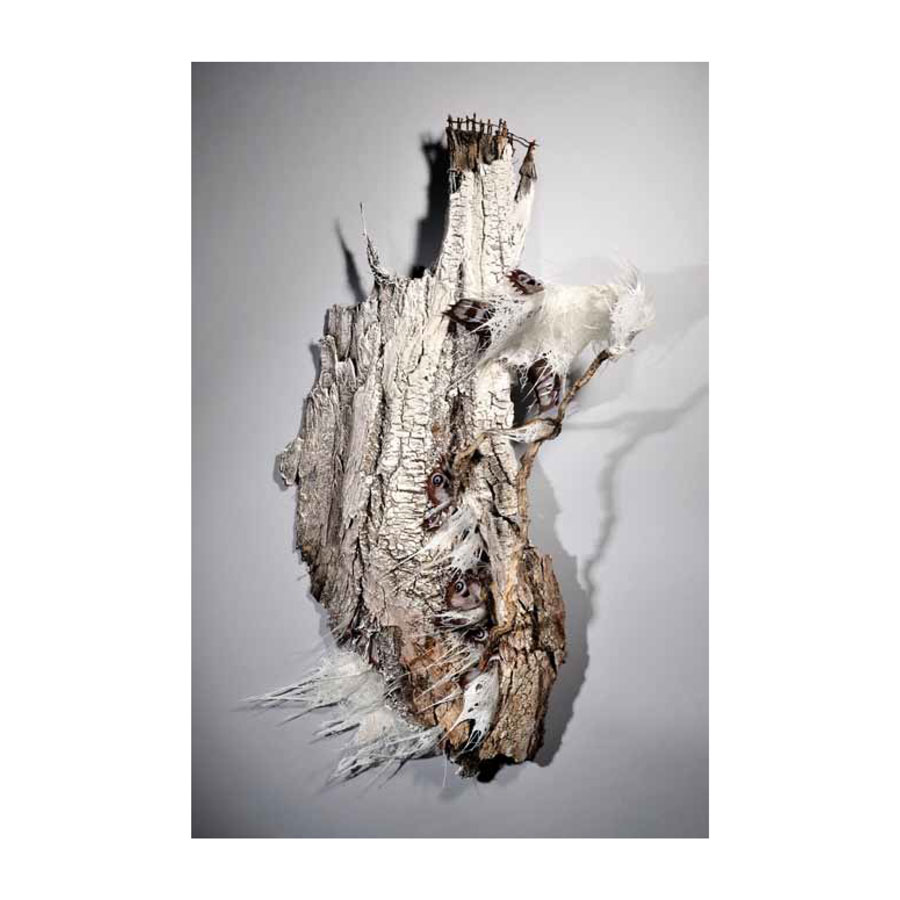
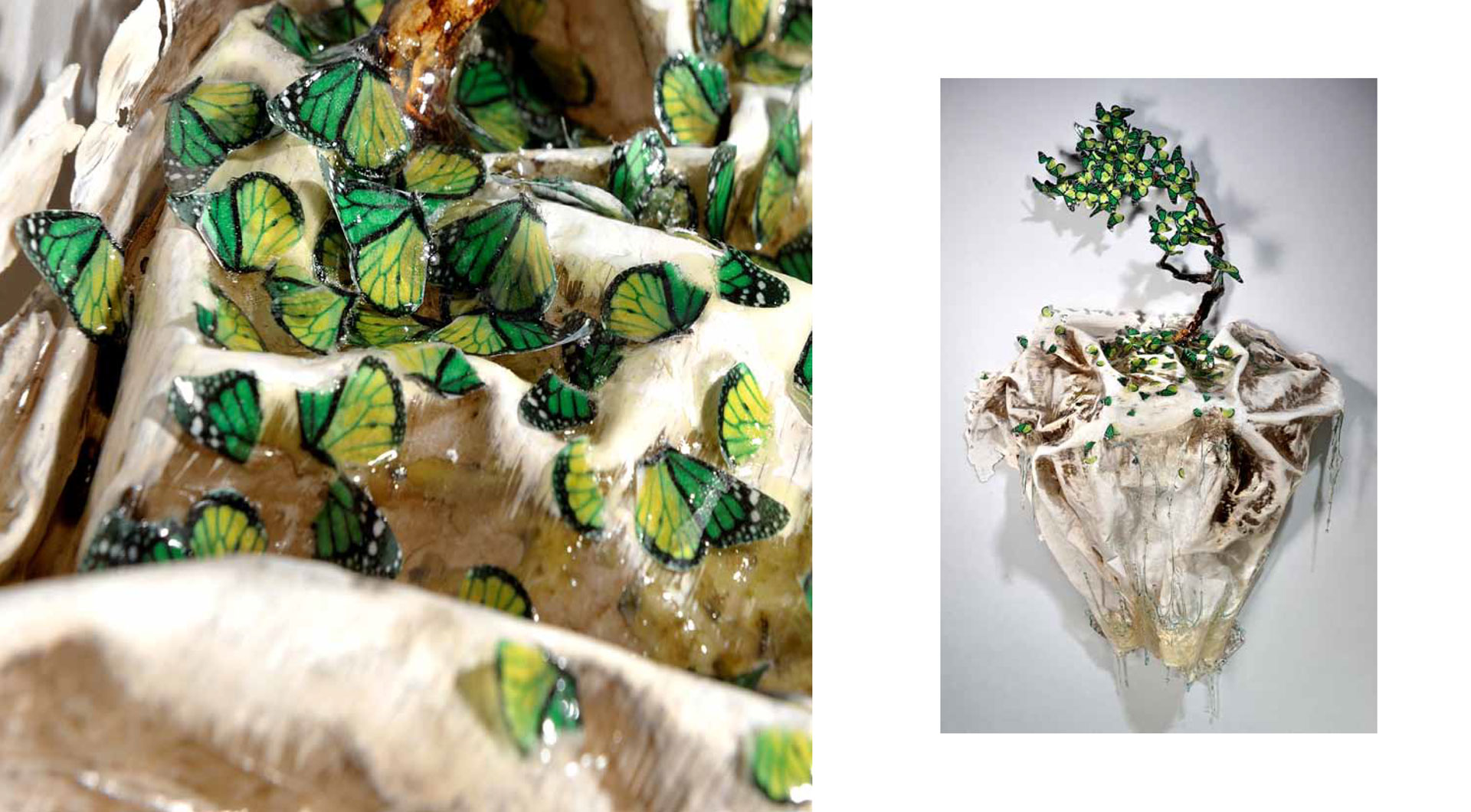
Riva talked about “oxymoron of materials”, alluding to the artist’s abilities to assemble incongruent elements such as resins, bark and glass wool: the result of a particular practical intelligence, paired with a vivid intellectual curiosity. The artist explores the world of sub-lunar substances, dominated by the fluxes of growth and proliferation, with the attitude of a wizard’s apprentice, devoted to the difficult task of extracting, as Romans used to say, e pluribus unum (from the multitude, the unity). In Annalù’s modus operandi a fascination with chaos emerges, in order to transform the formless mass into the ordered shape of the object. In fact Annalù herself declares her artworks constitute the story of “a primordial material (chaos), which, molding itself, needs accidental elements (chance) to become thing, or artwork, a new form”.
Anagramming the term “caos” (chaos), you have the words “caso” (chance) and “cosa” (thing). Putting the three words on a progressive temporal line, we will obtain the sequence “caos-caso-cosa” (chaos-chance-thing), which in fact brings us back to the meaning of e pluribus unum, sublime synthesis of the creative process, but also programmatic document of a particular way of interpreting art.
Annalù’s imaginary journey starts here, specifically from the tangible reality of elements and organic substances, from their mix, metamorphosis and transmutation through that admirable alchemic form called “imagination”. An analytic imagination which has allowed her, up to now, to understand the mechanisms of growth and dissolution that govern natural mirabilia, sometimes she deciphers the mysteries of water, other times she permeates butterflies’’ fascinating microcosms, with an attitude capable of epitomizing the observation of facts by metaphor and allegory.
During this new phase of the artist’s pilgrimage, nature assumes more complex forms, it becomes organized in more precise geographical configurations such as fragments of landscape, or a hypothetical conglomerate of fabulous islands. The ground, symbolically evoked in previous artworks through the use of sand, roots and tree bark, now transforms itself in territory. Above all in Isole FloreAli, the elements of platonic stoicheia (air, water, earth and fire) seem to be molded into new entities, in autonomous microcosms and organic architectures, each releasing a different emotive temper, faithfully transcrbed in its own morphology. Fukinagashi, island, named after a particular style of bonsai, repeating the effect of foliage beaten by a strong wind, is a tribute to the impetuous strength of the elements, a type of transcription of the pre-romantic epos.
It is pure Sturm und Drang in zen sauce. Paideia, on the contrary, sings the detachment from passions, it evokes contemplative pleasures, symbolized by the chair, a privileged point of view. Something similar happens in Seduta ai margini dell’onda: the chair is substituted by a bench, the outcasts’ last refuge and where, as in previous works, water as a metamorphic element is unfriendly. Isole FloreAli are made of raw materials, once again resins, sand, roots, bark, but also paper, inks and even textiles. The most recent ones, experimented during the collaboration with the stylist Lavinia Turra, form the supporting structure of works such as Il sogno del bosco sospeso, …e ancora primavera and Della pioggia che danza. These and some others, observing the verisimilitude principle, are made of silk remnants fixed by resin to reproduce cracks in the ground and corrugations. The earth is crossed by a thick web of roots extending, like tentacles, over and above the permitted limits.
Root proliferation, through its binding and tightening properties, is part of the imitative grammar of the artist, always careful about propagation, replication and the organic growth of nature. It is not by chance that the tree, with all its symbolic and totemic implications, is the focal and dominant element of these microcosms, axis mundi around which vital and vegetative profusion, well represented by foliage mixed with butterflies, cosgulates.
The island called Una torre dei venti is a type of axis mundi, similar to a high and steep peak, inspired by the mythic Athenian horologion, an octagonal marble building dedicated to Neptune-worship.
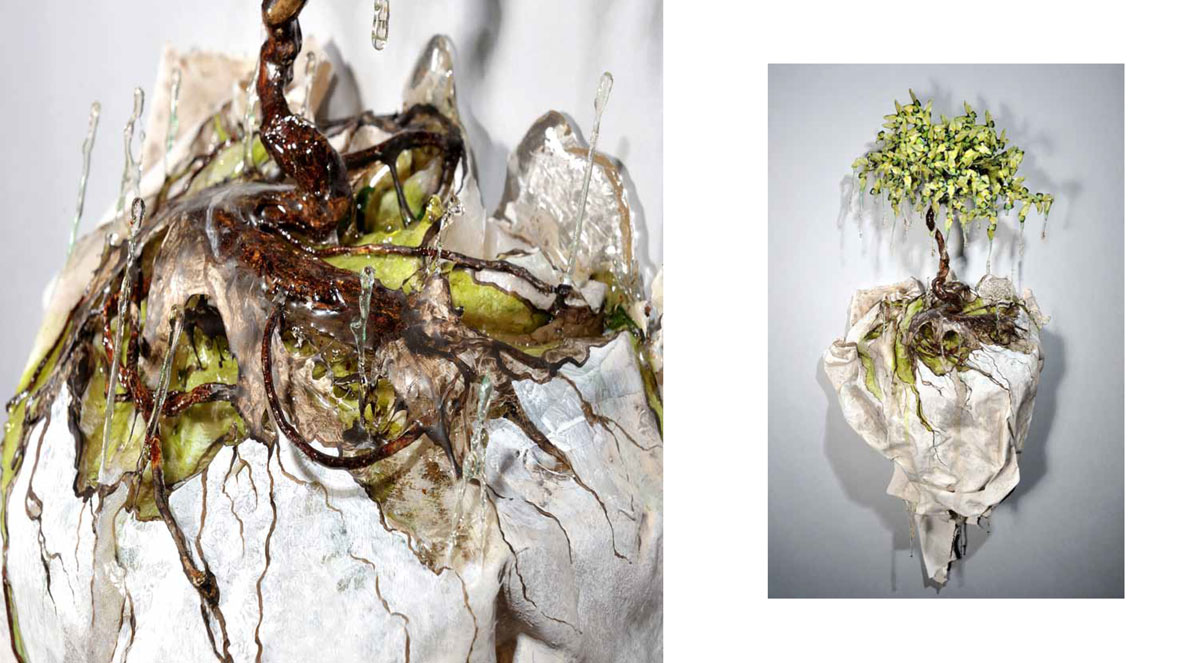
…Tu eri chiaro e trasparente come me stands as a colossal megalith with a steep slope dominated by an infernal sooty climate which reminds us of Böcklin. Washed by the reflux of a crude oil tsunami, it is maybe Annalù’s most melancholic work. Not because of the romantic and lonely swing (set in a hollow at the foot of the mountain) which feeds the “lost” atmosphere of the place, but rather the chromatic dominance that seems to allude to alchemic putrefactio and therefore to the dissolution of elements. It forms a composite similar to pitch, coal, burnt salt and fused meld.
This is the first step towards the Grande Opera, the one which, referring to Dürer, points the disciple towards melancholic discouragement. In the creative process, this corresponds to Caos (Chaos), i.e. the undifferentiated material that Annalù wishes to dominate with the help of Caso (Chance), in order to reach the lapis philosophorum, the object, the tidy composite, the Cosa (Thing). Snapshots of the creative process are the Mappe (maps): they register the moment in which the undifferentiated magma of matter becomes shape, body and drawing with an almost seismographic precision. Maps are made with silk, to which the artist offers a plastic, curled and furrowed conformation, like that of certain relief tmaps. Floral buds and arboreal offshoots are drawn on the surface as thin ink lines. To all intents and purposes, they seem snowy barren lands seen by the eyes of birds, trails trodden and walked. The idea of an imaginary journey predicted in Isole FloreAli, comes forback as mobile floating clots.
The idea of navigation is the fil rouge that connects the maps and the island, the sea and the dry land, as demonstrated by the emblematic homage to Magritte: an impalpable water figure in the shape of a sailing ship. Called Viaggio interiore it brings us back again, and inevitably, to the Opus Magnum and to the famous acrostic, VITRIOL, which symbolizes the descent to the depth of the human spirit. Nevertheless, as Tarkovskij wrote, “There is only one possible journey: the one through our inner world”.
1. Alessandro Riva, Immagini d’acqua, mito e rêverie, in Annalù. Acqua, catalogue of the same exhibition, Wannabee Gallery, 2010, Milan.
2. Tractatus D. Thomae de Aquino datus fratri Reinaldo in arte Alchemiae, Newton Compton, 1996, Rome.
3. Visita Interiorae Terrae Rectificando Inveniens Occultum Lapidem.
Extract from the text of the catalog of the personal exhibition “The imaginary voyages” by Ivan Quaroni. Wannabee Gallery, Milan, 2011.
